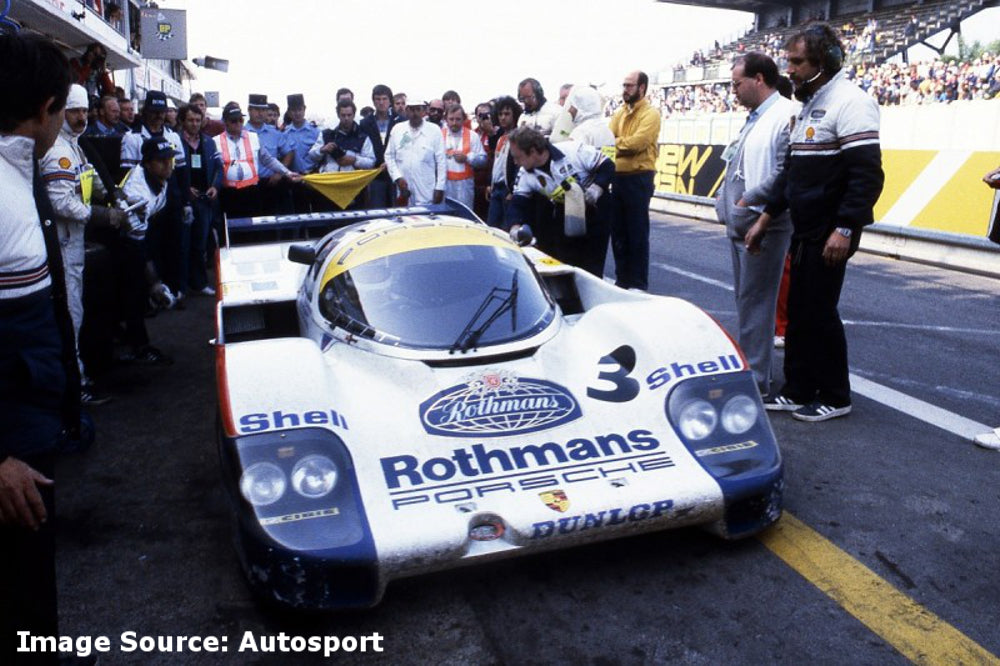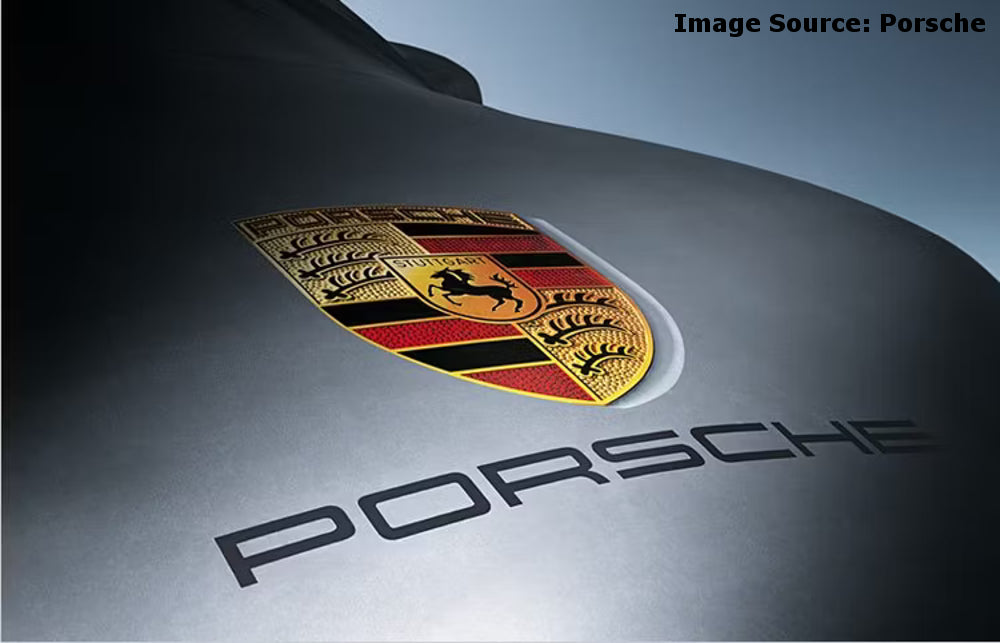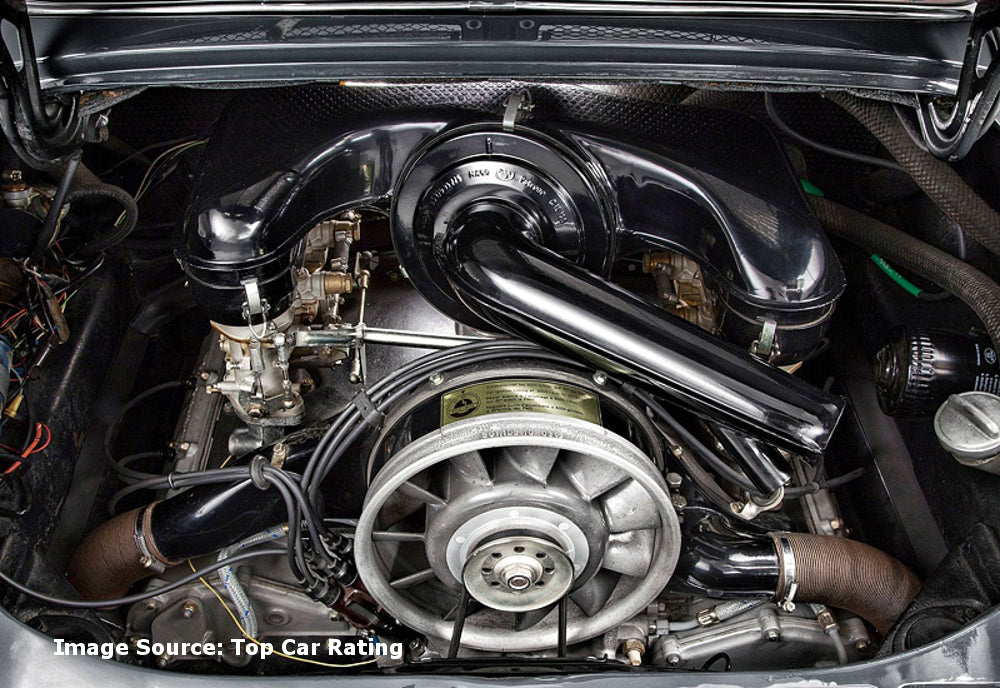There is nothing quite like an endurance race, and there’s definitely nothing like the Le Mans 24-hour. Not only is the driver’s mettle tested, but running these high-performance race cars flat out for 24 hours lends itself to drama.
While mechanical failure in the form of spectacular engine blow-ups is well documented, in the 1983 Le Mans 24-hour an errant door unleashed a chain of events that was about to test the Porsche team to the limits – almost cruelly snatching victory at the last minute.
This article recounts the dramatic events that befell the No. 3 Rothmans Porsche 956 in the last hours of the 1983 Le Mans 24-hour race.
Even though there were nine Porsche 956s that finished in the top 10 the numbers don’t do justice to the incredibly tense and dramatic finish for the No. 3 Rothmans Porsche 956 of Hurley Haywood, Al Holbert, and Vern Schuppan. With Schuppan at the wheel, and leading the race by just over two laps from the sister car driven by Jacky Ickx, the unthinkable happened: with a little over an hour left in the race the left-side door of the Porsche flew off down the Mulsanne Straight.
While losing the door may seem like an insignificant event in a 24-hour race, it is an integral part of the very advanced aerodynamic design of a prototype sportscar, and besides, the technical regulations stipulate that cars in this class have to be so equipped.
The Day The Leading Porsche 956 Lost Its Door At Le Mans
For car No.3 this was not the first Le Mans 24-hour. Chassis 002 had been shared by Jochen Mass and Schuppan the previous year, finishing the race in second place.
Having started the race from the eighth position, the Schuppan/ Haywood/ Holbert Porsche had moved into the lead by the halfway mark, building a comfortable two-lap lead with under two hours to go, before losing the door. With the car seemingly undamaged by the loss of the door, Vern Schuppan continued for another lap or so before realizing the possible consequences of driving without the door.
The doors of the Porsche 956 were vital for engine cooling, being designed in such a way that the trailing edge of each door formed the leading edge of the air duct to the water radiator serving the cylinder head and the turbo intercooler. With the door missing, the duct was ineffectual.

As a result, with the temperature gauge climbing and prompted by the appearance of a black flag, Schuppan decided to pit early to replace the door and hand over to Holbert.
With much of the structure supporting the door missing, the team decided to rivet the door in place. But with no way for the driver to open the door in an emergency, the crew fashioned a leather strap and buckle through a hole in the roof, thus allowing the door to be opened from the cockpit.
However, after being stationary for several minutes while the repair to the Porsche was carried out, the left cylinder-bank temperature gauge had climbed into the red. Fortunately, once the car left the pits and got up to speed down the Mulsanne the airflow to the radiator increased and the temperature began to drop.
But Holbert’s relief was short-lived - the makeshift door fixing broke, forcing him to hold the door closed. What is more, midway through the slower sections of Indianapolis and Arnage and on to the Porsche Curve, the gauge started to rise again, forcing Holbert to modulate his pace to keep the crippled car in the race.
As Holbert's times settled down to around 3m45s, Ickx managed to claw a lap back. But not without drama – the second-placed Porsche was suffering from badly cracked front brake rotors.
Even so, with Derek Bell now behind the wheel, the second-placed 956 managed to cut Holbert’s lead by 10-15 seconds a lap – all while the leader tried to manage the engine’s temperature with a lap in hand. And things were about to get worse for the lead car. With about 30 minutes left in the race, Holbert was told to pit for a final fuel stop.
Fortunately, the stop went smoothly with the mechanics topping up the fuel tank and fixing the door without Holbert losing the lead. But once out on the track he had to use slightly higher revs to preserve the lead to the finish, which saw the engine temperature rising again. This was soon accompanied by the unmistakable smell of coolant leaking from the engine as the No. 3 Porsche’s demise on the last lap grew increasingly probable.
As if to confirm the gravity of the situation both temperature gauges pegged themselves to zero, meaning that they were no longer sensing any water. This was confirmed by the engine seizing going into the final corner - the second gear Ford chicane. With nothing left to lose Holbert dropped the car into first gear and stood on the throttle. This and the forward motion of the car freed the engine and he set about nursing the 956 to the finish – crossing the line for the 371st and last time, having covered 3136.641 miles (5047.934km) in just over 24 hours.
In a final and little-known twist to the eventful final hour of the 1983 Le Mans, Bell was forced to relinquish his attack when the fuel warning light lit up the dashboard and he had to switch to the reserve just after the Porsche Curve – allowing Holbert to bolt for the finish (now only 17 seconds ahead) with his crippled but victorious Porsche 956.
Why did the No. 3 Porsche 956 lose its door?
In some ways, Schuppan’s misfortune was a result of the 956’s aerodynamic success. The Porsche 956 was widely viewed as a revolutionary racecar in terms of aerodynamic design.

In prototype endurance racing, as with any form of high-speed motorsport, aerodynamic efficiency is key to winning races. At times this requires a compromise - especially the balance between drag down the high-speed straights and downforce through the turns.
To achieve this balance aerodynamicists manipulate the airflow across the speeding car’s surfaces to create high or low-pressure zones.
In Schuppen’s 956 the high-pressure zone in front of the cabin forced the air to accelerate over and around the windscreen, causing the pressure to drop. This low-pressure effect, commonly referred to as Bernoulli's law, literally exerted lift to the car's roof and doors as the air passed over the surfaces. When coupled with the positive pressure in the cabin and the large surface area of the 956’s door – particularly when caught in a crosswind – the force exerted on the hardware securing the door exceeded the design limits.
The Porsche 956 was not the only race car to face aerodynamic challenges at Le Mans. In 1999 Mercedes’ prototype CLRs were launched into the air on several occasions over the race weekend, forcing Mercedes to bow out of the race just three hours into the 24-hour race.
The root cause of Mercedes’s woes was the CLR's long front and rear overhangs that were meant to reduce drag. However, unexpectedly they contributed to the car's wing-like qualities whenever airflow inverted from downforce to lift, as it did during each incident.
Unlike the CLR the 956 did not require a major redesign and Porsche lost no time in reducing the negative outside pressure and strengthening the door’s mounting, allowing the Group C racer to continue dominating the Le Mans 24-hour until Porsche released the 962 two years later.
Did you enjoy this article? Avoid missing future publications by subscribing to this blog's RSS feed using
https://frazerpart.com/blogs/porsche-history.atom







1 comment
Anthony R. Calvo
Very informative information on the aerodynamics of a race car and the correction made on the fly!!!.
Very informative information on the aerodynamics of a race car and the correction made on the fly!!!.